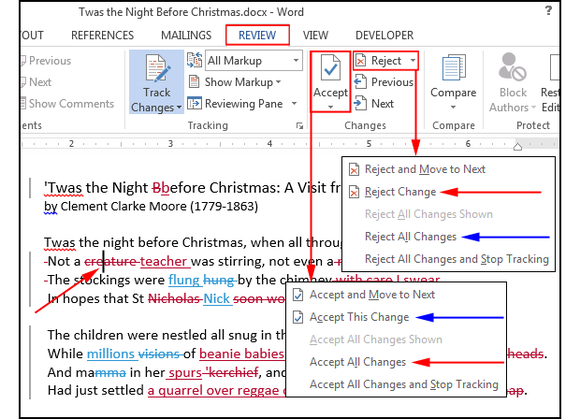

Yet, if the reviewers and the editors did not understand the contribution at all, and you find no fault in the manuscript’s clarity, maybe this is not the right community of researchers interested on what you do 4. Such changes in the publication venue are rare 6, especially if we did our due diligence when choosing the journal at the beginning of the writing process. Then, think about what the critiques mean overall for your paper, and whether you want to submit your revised version to this same journal or somewhere else. Once you have a clear head, read the reviews slowly, calmly, and read your own manuscript (to understand not what you meant in the paper, but what you actually wrote) 5. Maybe wait for a couple of days to calm down 4, 2, as you will for sure feel very emotional in that first moment. Even if you, of course, read the dreaded journal reviews email as it arrives, don’t do anything yet. Naturally, the process and principles I mention are in a sense very similar to the ones I have for writing papers, just with this particular situation in mind 3: Below I describe, step-by-step, what I do these days once I get comments with major revisions (or rejections) from a journal. After doing it a few times, however, you get the hang of it. I know it was weird for me the first time. The experience of getting (often detailed and exhaustive) critiques for one’s work, and having to answer to them and make changes in a cherished artifact of ours, feels rather unnatural for most people. Now, take some time familiarize yourself with the peer review process, if nobody has ever explained it to you in detail 2, and read on. Especially if you follow some basic principles and procedures, and put some time into it. Manuscript revision is an essential part of the research process, of making our ideas and our papers better. If the response was not an outright reject, probably the reviewers saw value in the proposal. This post is just a way of saying “it’s OK to feel like that – everybody does”… but also that “this too shall pass”, and that publication is actually closer than it was when you had just submitted (even if it does not feel so now). Lately, I have been seeing most of the PhD students around me going through this experience for the first time, and how hard it is psychologically. I have experienced this myself many, many times 1. You question the whole idea of ever finishing this PhD. That big task you had so confidently checked (rather, that host of smaller tasks or milestones you had already passed), suddenly un-checks itself and bites back. Then, you just got on with your life: doing the next study, analyzing the next batch of data, reading and understanding a new corpus of literature that seems relevant… Several months later, when you had already forgotten about the paper, an email arrives: major revision.

If you’ve been for some time into your PhD, probably you know the feeling: after what seemed like an eternity of writing, rewriting, getting feedback from your co-authors, rewriting again, dealing with the unexpectedly complicated formatting issues and a surprisingly medieval submission system, you finally submitted your paper to a good journal. In this post, I go over the concrete (and, sometimes, counter-intuitive) steps I follow to revise my journal papers upon receiving peer-review critiques, as well as some basic principles to increase your chances of success and avoid unnecessary suffering. This complex act of scientific communication involves balancing diplomacy with integrity, creativity and systematicity. Along with writing your first journal paper, doing a substantial revision to your manuscript upon receiving the reviewers’ comments is one often-cited painful moment of any doctoral process.


 0 kommentar(er)
0 kommentar(er)
